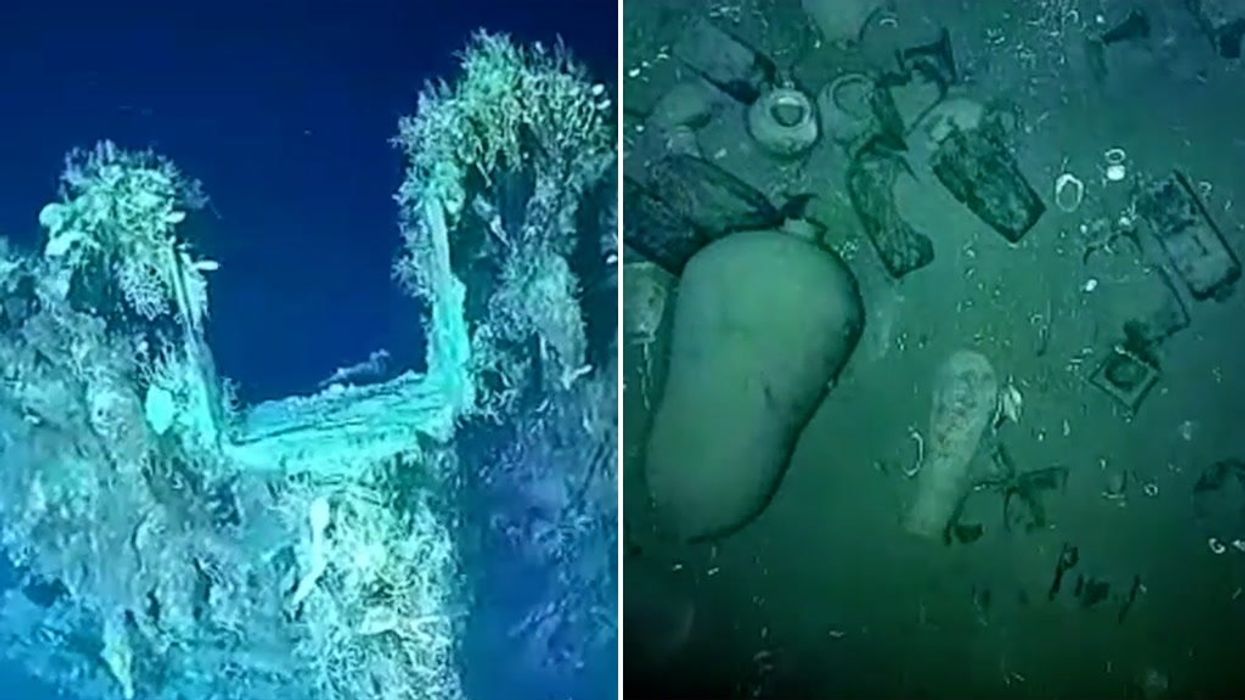Science & Tech
Ellie Abraham
Jan 17, 2024
‘Holy Grail of Shipwrecks’ to be raised from ocean bed
Armada de Colombia
Experts have revealed a “superstructure” that is bigger than the entire US state of Idaho has been growing on the sea floor near Fiji since dinosaurs roamed the Earth.
The ocean is home to mysteries that have continued to perplex scientists, such as the discovery of a golden orb at the bottom of the sea and the emergence of a new ocean in a huge crack in a continent.
Scientists have now been able to piece together the origins of a massive Pacific plateau called the Melanesian Border Plateau and its history is much more complex than they first thought.
The underwater plateau in the Pacific Ocean began forming thanks to volcanic eruptions that occurred during the Cretaceous period (145 to 66 million years ago), when some of the most well-known dinosaur species, such as Tyrannosaurus and Triceratops, walked the planet.
It is located to the east of the Solomon Islands and evidence presented in a new study suggests it has formed through four separate pulses of volcanism.
Published in the journal Earth and Planetary Science Letters, research reveals there were different root causes of the volcanism that helped form the Melanesian Border Plateau, which continues to grow to this day.
The study’s lead author, Kevin Konrad, a geoscientist at the University of Nevada, explained that underwater volcanic features are often poorly understood. In some cases, such superstructures have formed with one large flood of magma, whereas others are formed over a long period of time and from several volcanic events.
Konrad told Live Science: “There are some features in the Pacific basin where [scientists] have only a single sample, and it looks like a very large massive single event.”
He continued: “Sometimes when we sample these features in detail, we realise they're actually built over multiple pulses over tens of millions of years and wouldn't have significant environmental impacts.”
Thanks to extensive research that experts were able to conduct in 2013 during a five-week mission, they learned it is likely the plateau first began forming 120 million years ago.
How to join the indy100's free WhatsApp channel
Sign up to our free indy100 weekly newsletter
Have your say in our news democracy. Click the upvote icon at the top of the page to help raise this article through the indy100 rankings.
Top 100
The Conversation (0)














